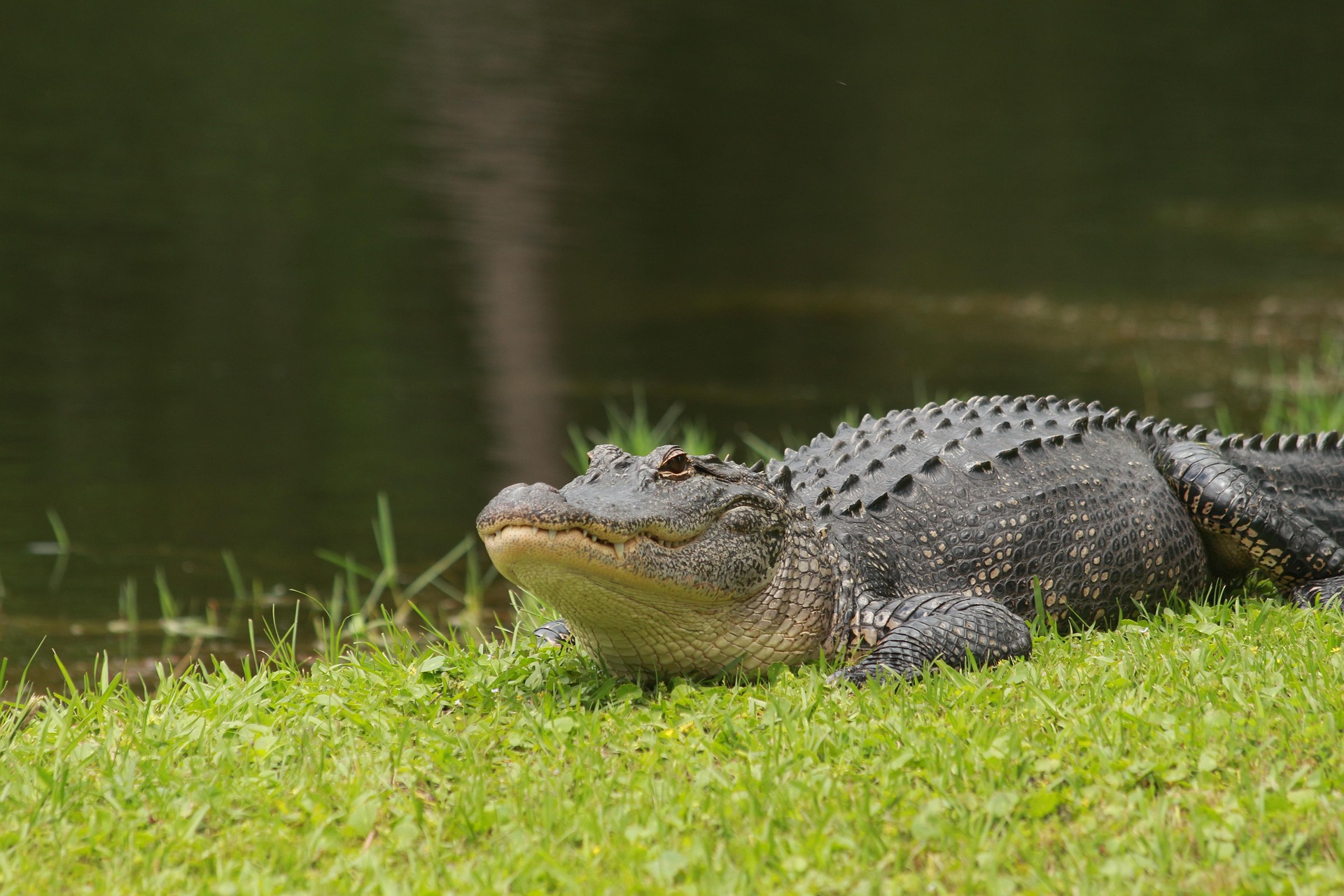Saving Scales: The Remarkable Resurgence of the American Alligator
Long forgotten as an indicator of ecological health, the American alligator has proven its resilience, bouncing back from the edge of extinction. Today, it stands as a potent symbol of conservation success, reminding us of the indomitable spirit of nature and our intimate connection to it.

A Journey Through Time
The American Alligator’s tale begins millions of years ago when this ancient reptile roamed alongside dinosaurs. Associated with the Southeastern United States, particularly Louisiana and Florida, the alligator has been shaped by a unique confluence of environmental factors.
For centuries, Alligator mississippiensis, as they are scientifically known, lived undisturbed, growing up to 13 feet long, and acting as apex predators in the food chain. However, with the advent of human settlement and subsequent hunting, their numbers plummeted leading them on the path towards extinction.
From Predator to Prey: A Close Call with Extinction
The 20th Century was an era of mass hunting, with alligator skins much sought after for luxury goods. By the 1950s, alligator populations significantly dwindled. Fears of extinction were genuinely warranted, prompting the U.S Fish and Wildlife Service to declare them an endangered species in 1967.
Amid escalating concerns, the conservation initiatives came to a head in 1973 with the inception of the Endangered Species Act. The American alligator became one of the first species to receive federal protection, which substantially curtailed hunting and led to a remarkable rebound.
Population Recovery: A Conservation Classic
Since the introduction of stringent conservation measures, the alligator population has bounced back spectacularly. By 1987, alligator numbers had sufficiently recovered to warrant their removal from the endangered species list. Estimates put their current population at over 5 million individuals across the Southeastern United States.
Powerful legislation, habitat protection, rigorous enforcement, and large-scale public education campaigns have all played a part in this heartening revival. In essence, the tale of the American alligator has become a poster child for robust conservation strategies.
Economic Upswing: Alligator Farming
Along with a conservation success story, the American alligator has given a new impetus to local economies. Alligator farming, primarily for hide and meat, has become a multi-million dollar industry. Regulated farming practices ensure the constant supply of hides without hampering natural population growth.
Recent surveys suggest that price tags for quality alligator skin can be anywhere from $300 to $600, making it a profitable venture and drawing more individuals and businesses toward sustainable alligator farming.
On the Horizon
The journey of the American alligator from the brink of extinction to a thriving population is truly astounding. However, it is crucial to understand that the survival of this species is intrinsically linked to the health of the environment it dwells in. Ongoing climate shifts, habitat fragmentation, and human interference pose new challenges to maintaining these positive strides.
In conclusion, the American alligator stands as a testament to the effective implementation of wildlife conservation strategies. It has emerged as a beacon of hope, reminding us of the power of preservation, and the far-reaching benefits to both wildlife and human communities when we act as responsible guardians of nature.




